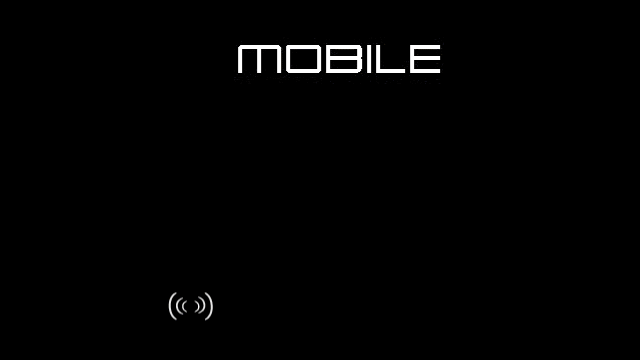For network operators, key themes at this year’s MWC included faster networks, densification through small cells, and monetization through software.
The need for speed
Some carriers are just beginning LTE deployments, and others are starting to look at VoLTE and LTE-Advanced, but already operators are hearing a lot about the next generation of wireless technology. The EC is calling on European carriers to invest in “5G” networks. “5G is a misnomer because if you ask them what that is they say they don’t know, but they’re going to research it,” explained Stephen Bell, wireless technology analyst at KeySo Global. “They’re doing about one and half billion Euros from the EU, and almost a matching industry investment. So there’s nearly 3 billion Euros going into an investment into what is the next generation. And it may actually be the next layer. Because it’s not going to throw the children out with the bathwater.”
Those “children” are paying subscribers who may not be ready to migrate to a faster, but less reliable, wireless technology. Analyst Dan Hays of PwC said the current challenge for carriers is finding a way to migrate those subscribers without losing them. “We’re at point in time where we have two and three and in some cases even four generations of network technology taking place and all being run by the same company. It’s inherently inefficient,” said Hays. Carriers cannot afford to lose customers by forcing them to move, but there is much to be gained from successful migration.
“If you look at just spectrum and how much traffic it can carry, the difference between a 2G network and a 4G network can be as much as 10 or 15 times the spectral efficiency. So you can put a heck of a lot more traffic on a 4G network than you can on an old 2G network,” Hays continued. “So one way to manage the spectrum crunch that many countries are experiencing now is just simply push more traffic up to the more efficient 4G technologies. But that disrupts a lot of subscribers.” Hays said that in his work with carriers he has learned that incentives and good communication make a big difference in migrating customers. Carriers need to understand the totality of the customer experience; for example someone who lives in a 4G neighborhood but works in a 2G building may not be a good candidate for migration.
Small cell densification
Small cells have come into their own as a viable indoor solution for many operators, and now many are taking the next step and addressing network densification outdoors with metrocells.
“I think what we’re seeing now specifically with the deployment of LTE is a more rapid adoption of small cells across different form factors, true HetNet deployments,” said Stephen Turnbull of Freescale. Freescale has just introduced a new SoC for metrocells. Turnbull says many operators are looking at wireless backhaul for metrocells, so Freescale designed its solution with sufficient bandwidth to support both fronthaul and backhaul.
Just before the start of MWC, Alcatel-Lucent announced that its small cells are currently being deployed in Verizon’s network, and that those installations will include outdoor deployments. Alcatel-Lucent is supplying Verizon Wireless the lightRadio™ 9764 Metro Cell Outdoor (MCO) and the 9768 Metro Radio Outdoor (MRO) products as well as its 5620 SAM (Service Aware Manager) that provides end-to-end network and service management across all domains.
Software comes from every corner
Wireless infrastructure vendors, enterprise software companies, personal computer makers, and ambitious startups are all marketing software solutions to carriers who are eager to monetize their network investments. Software can bring new efficiencies to billing and fulfillment, and it can create new opportunities to compete with over-the-top service providers.
Computer hardware vendors have traditionally addressed the telecom market with components and servers, but now they are charging hard into software. Intel, Dell and HP all announced NFV (network function virtualization) offerings at MWC this year.
“The carriers are all trying to find ways to get more efficiency out of their networks and get more flexibility,” said Dell’s telecom and wireless “evangelist” Franklin Flint. “And also to take advantage of all this very advanced technology that has built the cloud data centers, so NFV is their way of doing that.”

